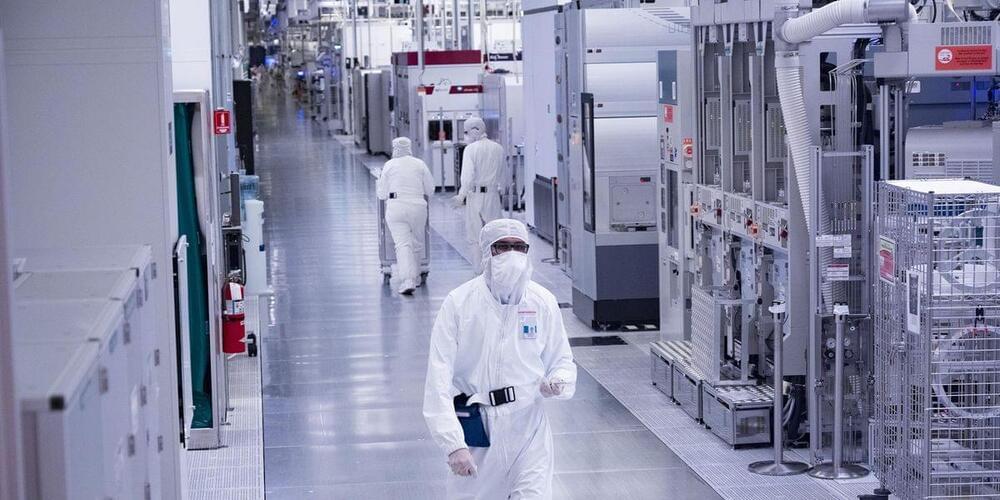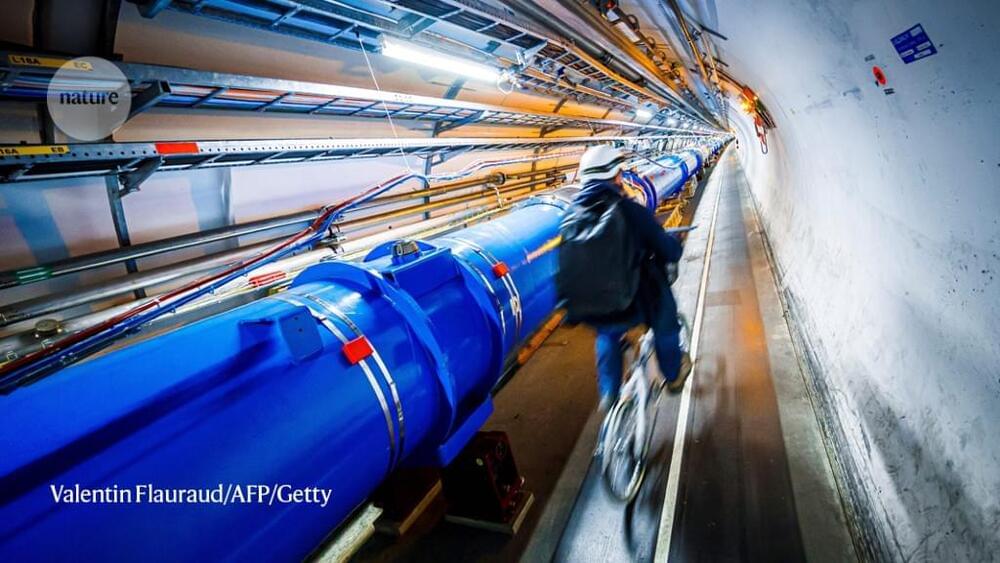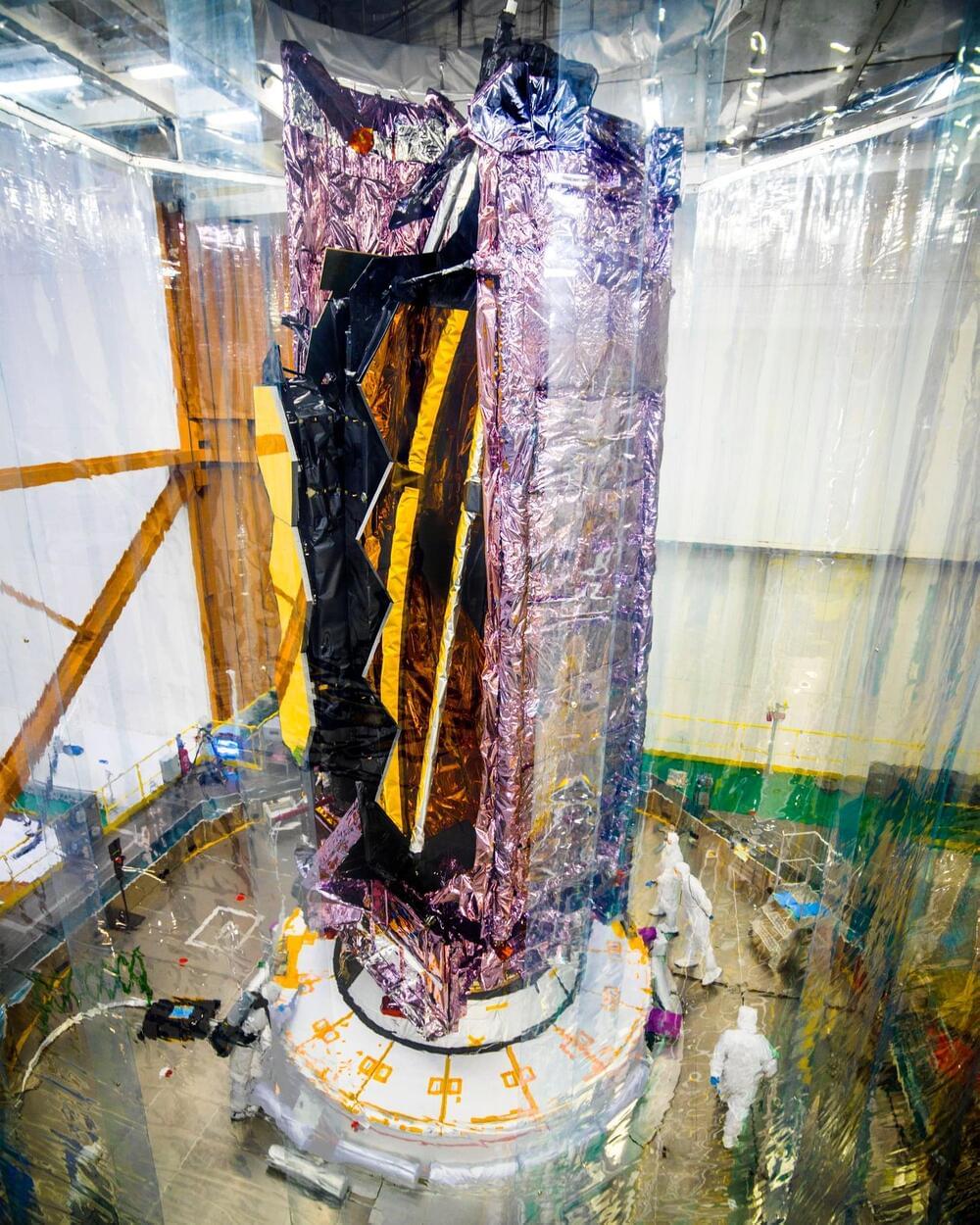With even more soldiers patrolling both sides of the disputed areas, any miscalculation could turn deadly.


On October 15, 2020, the European Union imposed sanctions on six senior Russian officials and a leading Russian research institute over the alleged use of a nerve agent from the Novichok family in the poisoning of opposition leader Alexey Navalny. Russia dismissed as baseless the EU’s allegations that it had not complied with its obligations, under the convention it ratified in 1997, to discontinue its chemical weapons program. Russian officials said the country had nothing to do with Navalny’s poisoning and implied that if any party had used nerve agents on him, it would have been Western secret services. Vladimir Putin, who in 2017 had personally watched over the destruction of the last remaining Russian chemical weapons stash, ridiculed the findings of four separate laboratories, confirmed by the OPCW, that a Novichok-type organophosphate poison was identified in Alexey Navalny’s blood.
Two years earlier, in 2018, Russia had dismissed as unfounded allegations that its military intelligence had used Novichok to poison former Russian spy Sergei Skripal and his daughter. Similarly, Russia had then stated that it had no ongoing chemical weapons program and had destroyed all of its prior arsenals; while alluding that UK agencies may have used their own stash of Novichok to poison the Skripals in a false-flag operation.
A year-long investigation by Bellingcat and its investigative partners The Insider and Der Spiegel, with contributing investigations from RFE/RL, has discovered evidence that Russia continued its Novichok development program long beyond the officially announced closure date. Data shows that military scientists, who were involved with the original chemical weapons program while it was still run by the Ministry of Defense, were dispersed into several research entities which continued collaborating among one another in a clandestine, distributed R&D program. While some of these institutes were integrated with the Ministry of Defense – but camouflaged their work as research into antidotes to organophosphate poisoning – other researchers moved to civilian research institutes but may have continued working, under cover of civilian research, on the continued program.



Yet despite the chip giant’s manufacturing struggles, it still maintains nearly 90% market share in data-center chips, compared with AMD’s 10%, according to data from Mercury Research. Intel has lost more ground in desktop and laptop computers, holding onto 83% market share and 78% share respectively, with the remainder going mostly to AMD, according to Mercury data.
After years of hearing about these problems, Wall Street had largely written off the company’s manufacturing prowess. Investors expected the company to move to a hybrid approach to chip making, contracting more of its chip manufacturing to TSMC and potentially to Samsung. Some analysts suggested the company go as far as spinning out the manufacturing business, as AMD did with what is now known as GlobalFoundries years ago.
But weeks after Gelsinger took over, he announced that the company planned to double down on its manufacturing business in an effort to return Intel to its roots, including a bid to compete with TSMC as a contract manufacturer. Since his return to Intel after nearly nine years as chief executive of VMware, he has shaken up the company’s executive team. That includes re-hiring several notable Intel staffers, including Natarajan.
It hasn’t even been on Mars a full year, and NASA’s Perseverance rover is making excellent surprise discoveries.
Amid a number of findings announced this week at the American Geophysical Union Fall Meeting, scientists have revealed that the Jezero Crater formed from molten volcanic magma – and that organic molecules have been discovered in rocks and dust on the crater floor.
This is by no means evidence for life on Mars. Organic compounds are simply those that contain carbon-hydrogen bonds, and these can form by any number of non-biological processes. Indeed, organic compounds have been discovered on Mars before, both by the Curiosity rover and the Mars Express orbiter.
Created from five shipping containers, Debbie Glassberg’s home, constructed with the help of BNIM, is a dreamy, two-story residence that looks nothing like the containers it began life as. With two bedrooms, three bathrooms, a garden, and a patio, the home is obviously on the bigger side, but it’s such a luxurious and beautiful space that it truly deserves a tour.
Glassberg, an industrial designer who works for Mattel, wanted to create a sustainable, energy-efficient, affordable, and gorgeous home, so using shipping containers was the right idea. The planet-friendly home uses features like geothermal heating and plant foam insulation to lessen its carbon footprint. The home is drenched in color, and each room has its own feel, creating a stylish, chic setting for everyday life. From the moment you enter the home, it’s evident that someone who knows about style lives here.

2021 will be remembered as a significant year for the cyber security industry. With the pandemic accelerating digital transformation, the threat landscape was in constant flux. Major ransomware attacks demonstrated not just their impact on businesses, but wider society too. As we look ahead to 2022, the only constant in our industry is uncertainty in the cyber realm, but here are a few of our predictions for next year, based on trends we’re already seeing emerge.
Ransomware.

